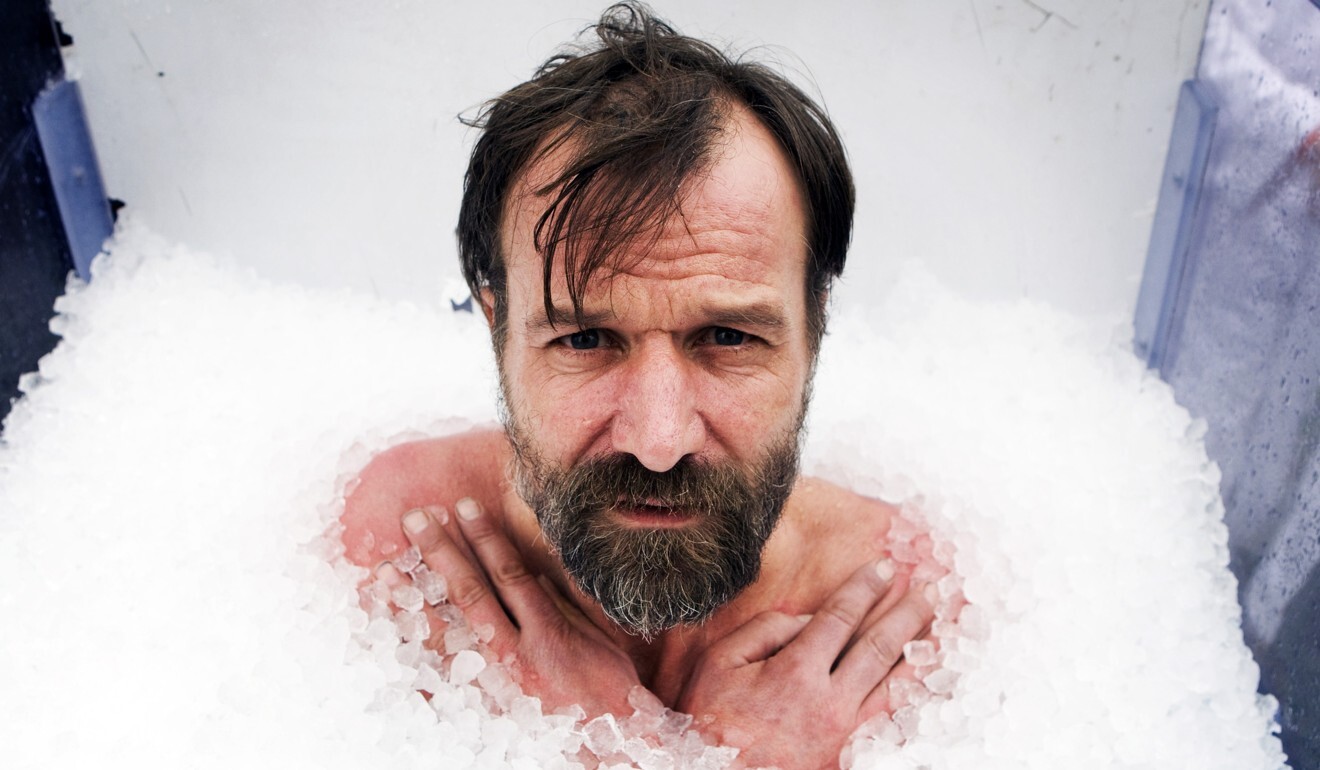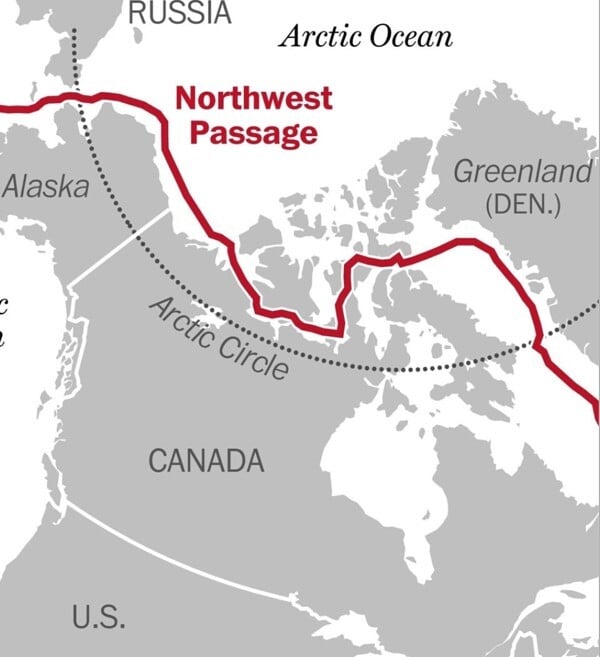
Wim Hof breathing techniques help control stress and fear as rowers prepare for Arctic world first attempt
- Plunging into ice baths does more than just habitualise Arctic adventurer to cold temperatures as breathing techniques give control
- Post reporter prepares to row the Northwest Passage, the route over North America that links the Atlantic to the Pacific
Gripped by panic, I immediately started hyperventilating. I had just plunged into an ice bath on a cool day and could barely stay submerged for a few seconds before my fight or flight response got the better of me. For an Arctic adventurer, it was hardly an auspicious reaction.
The ice bath was the conclusion of a Wim Hof Method (WHM) class, where about 40 participants spent three hours learning about breathing techniques to manage their stress and boost their immune system. The new-found control was supposed to allow us to push aside our body’s defence mechanism and remain calm in the icy water. I felt like I had failed.
“It’s a threat. Your mind and body see that exposure to the cold as a threat. You’re not used to that and it shocked your body into a stress response,” said Brian Lai, Hong Kong’s first WHM teacher.

Dutchman Wim Hof, known as The Iceman, has been teaching his breathing techniques to a growing following around the world. After his wife committed suicide, Hof developed his technique to train and gain control over mental health, with breathing, mindset and cold therapy as the three pillars.
Much of it is based on Himalayan hermits, who used breathing to stay warm and survive cold temperatures in high altitudes.

Hof set a host of records, including sitting covered in ice for almost two hours and running a marathon above the Arctic Circle in bare feet. His technique also boosts his and his student’s immune system, in a way that still baffles scientists.
“WHM will help you create heat, so that will obviously help you in the cold,” Lai said. “It will also help you develop energy and clarity, so you can make better, more rational and logical decisions, as opposed to decisions you make under stress.”
During the class, we lie down for three hours, going through differing breathing exercises. Though some were calming, it was more active than a typical yoga session. We exhaled forcefully during the WHM part and draw on other schools of breathing too, like Lion’s Breath with our tongues out while shouting like a New Zealand haka.
At points, my hands and face tingled and felt numb, a reaction I’m told is normal. It seemed to be doing the trick. I was able to hold my breath for nearly four minutes as I gained control over my stress systems and could fight my body’s urge to suck in breaths.
The rowing team will not be holding their breath in the Northwest Passage, but it is practice nonetheless.

“The systems that manage our body’s stress are generic. You don’t have things that target stress for ice baths, for high intensity sport, or stress for something else,” Lai said. “So, when you voluntarily apply a safe amount of stresses, like ice baths or holding your breath, that pushes you outside your comfort zone and helps you build your resilience to stress.”
In the Arctic, the stresses might be less immediate. Sleep deprivation, hunger, weather, encroaching sea ice, the constant threat of polar bears and team dynamics are likely to be slow-building stresses, rather than a sudden ice plunge.
“It’s not just breathing techniques, it’s also breathing awareness,” Lai said. “A lot of times, stress or panic attacks feel like they comes out of the blue. But research has shown that up to an hour before you experience it, you actually have physiological signs, like your breath rate or your heart rate.
“But for most of us, we don’t see these symptoms when they start to show.”
He compared it to a mechanic. The average person will only realise their car is broken when it stops working, but an experienced mechanic need only turn on the engine and listen to the sound to begin to notice the signs of issues to come. By practising the WHM, we become aware of our internal warning signs and can pre-empt them with more breathing techniques.
“Use your mind to control your body, to control your mind,” Lai said.
He added that it takes time. Just like lifting weights, you would not expect to dead lift 150kg on your first day in the gym.

But still, I was annoyed by my panicked response to the ice bath. Even compared to the other beginners, I seemed quite pathetic.
A few others and I went for a second plunge, this time I fared even worse. My annoyance doubled.
Shivering, I took some deep breaths and tried a third time. By this point, everyone else had sensibly given up. This time I managed to control my breathing, override my fight or flight response and calmly sat, even if it was just for 30 seconds.
“That’s the most important part. The physical training is easy, you just need to rock up and do it. But the mental part is tough,” Lai said.
“What you did, I’m quite impressed. It’s not because of your duration but it’s the fact you went in three times. It’s brutal. It’s unpleasant. It sucks. To go through that, no sane person would jump in ice on a cooler day in Hong Kong, let alone three times.
“Physically, you need to work on it, but to try to overcome that mental side, you were the only one who got in three times.”
Looks like it’s cold showers for the next six months.

